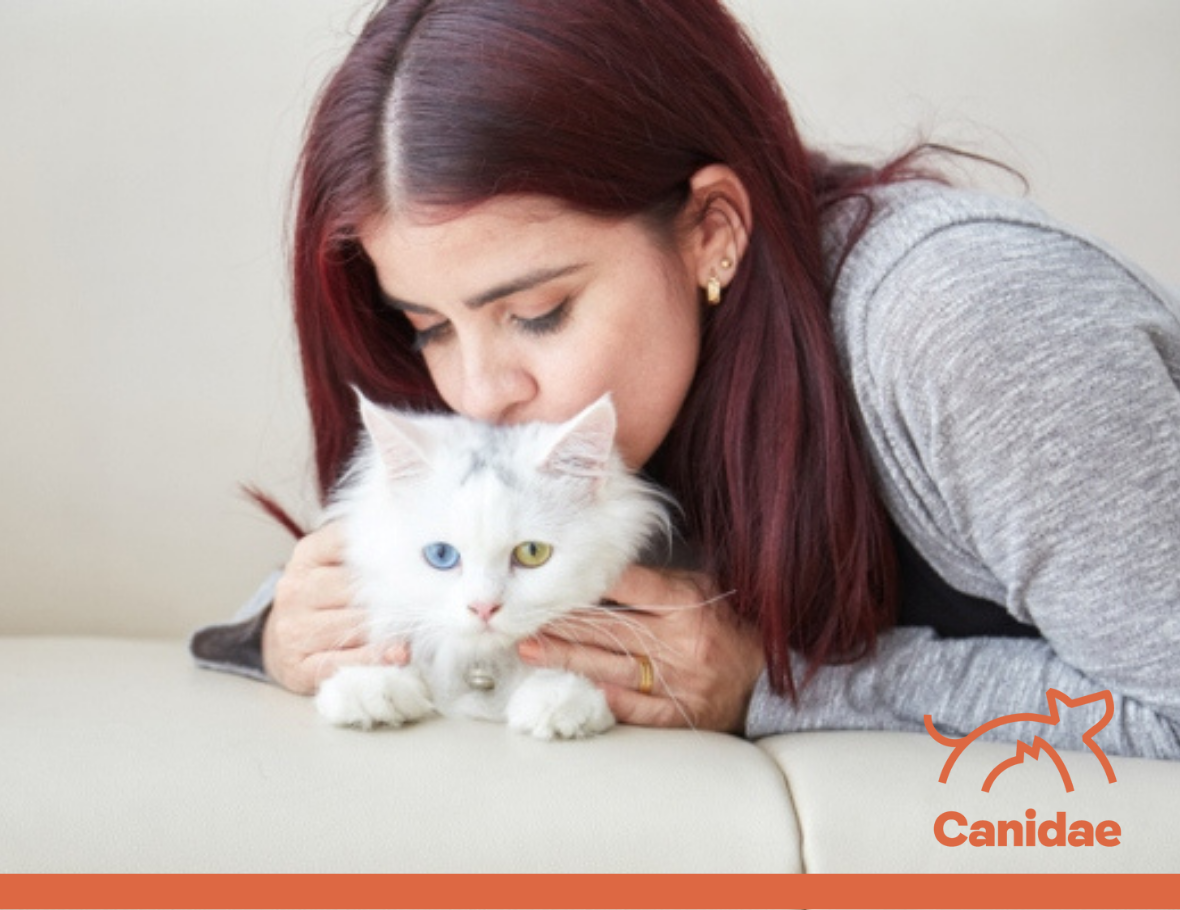Do Cats Like to Be Kissed?

For humans, the act of a kiss can mean many different things. We may use a kiss as a greeting, a sign of passion, an apology, or a sweet and innocent gesture. A kiss is a way for us to connect with one another, or boost trust in a romantic relationship, and while we may wish to use a kiss to show our pets that we care, it may not always be the ideal way to show our feline friends affection.
If you are in the habit of kissing your cat, you should read the cues your cat is displaying to understand whether this sign of affection is right for them. There is no one-size-fits-all answer. It depends on the individual cat, as well as your relationship with them.
Are you a cat lover? You’ll love this post, Dreaming of Cats: What Do Cat Dreams Mean?
Do Cats Understand Kisses?
Cats communicate in different ways from us, and as such, do not understand what a kiss means.
Cats have many other ways of showing affection to one another, as well as to their owners. This includes, but is not limited to:
- Body language
- Vocalization such as meowing
- Eye contact and blinking
- Grooming
- Pawing and biting
- Cheek rubs and head butts
Are Your Kisses Welcome?
Just like humans, every cat is a unique being, and has different preferences for the way they show and receive love. There are many physical cues of a cat's mood, and it is important that you read your cat’s behavior when being physically affectionate with them to ensure they are comfortable and your behavior is welcome.
You may approach cats with good intentions, get scratched or bitten, and then blame your cat for being bad-tempered. What’s missing is an assessment of how your cat may have perceived your gesture. You should always consider whether the situation feels safe for the cat or might cause them fear or anxiety.
Your cat’s body language, demeanor and actions are important clues to pay attention to when you’re trying to read whether they are comfortable with kisses.
If you don’t have a cat yet, but you’re thinking about it, read this post which tells you everything you need to know about adopting a cat or a kitten.
What a Positive Response Looks Like
When assessing whether your cat is comfortable and enjoying physical affection, these behaviors are signs that she enjoys your affection:
- Purring or licking
- Rubbing or leaning against you
- Kneading
- Head-bonks
- Slow blinking
- Appearing noticeably relaxed and content
What is a Negative Response?
If your cat is displaying the below behavior, she’s telling you she doesn’t like what you are doing and is not comfortable:
- Rapidly flicking tail
- Ears pinned back
- Arched back
- Hissing, growling or yowling
- Swats at you
- Turns her head away
- Tries to get away from you
Respect Your Cat’s Wishes
If your cat’s body language is showing a negative reaction to your kisses, you should respect that she is trying to communicate with you and stop what you are doing. Continuing to display what your cat interprets as threatening behavior runs the risk of damaging your bond and trust with them, and you may end up getting scratched or bitten.
If your cat’s body language shows you they are comfortable with your display of affection, consider yourself lucky. Proceed with care, however; always be mindful of how your cat is feeling, and stop if they change their mind.
Other More Appropriate Ways to Show Your Cat Affection?
Showing your cat love in other ways is a great idea, for example by grooming her, playing with her and providing in her needs with scratching poles and comfy cushions and baskets.
Our favorite way to show your cat you love her, is to give them delicious and nutritious food! Your cat will LOVE our new Canidae Goodness Dry Cat Food, cat food full of goodness for healthy cats and kittens.
At CANIDAE®, we work in partnership with a board-certified veterinary nutritionist to ensure your cat is provided with a nutritionally balanced diet, whatever her age, size or breed. Canidae cat food contains no fillers, artificial flavors or preservatives — just complete and balanced goodness. New to Canidae? Read our handy guide to see how you can gradually transition your cat to a Canidae diet today.

